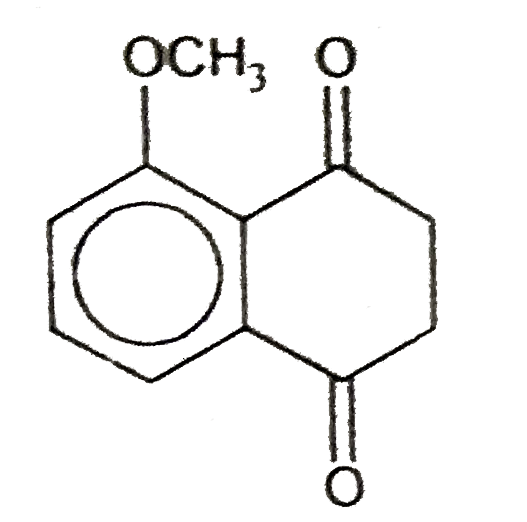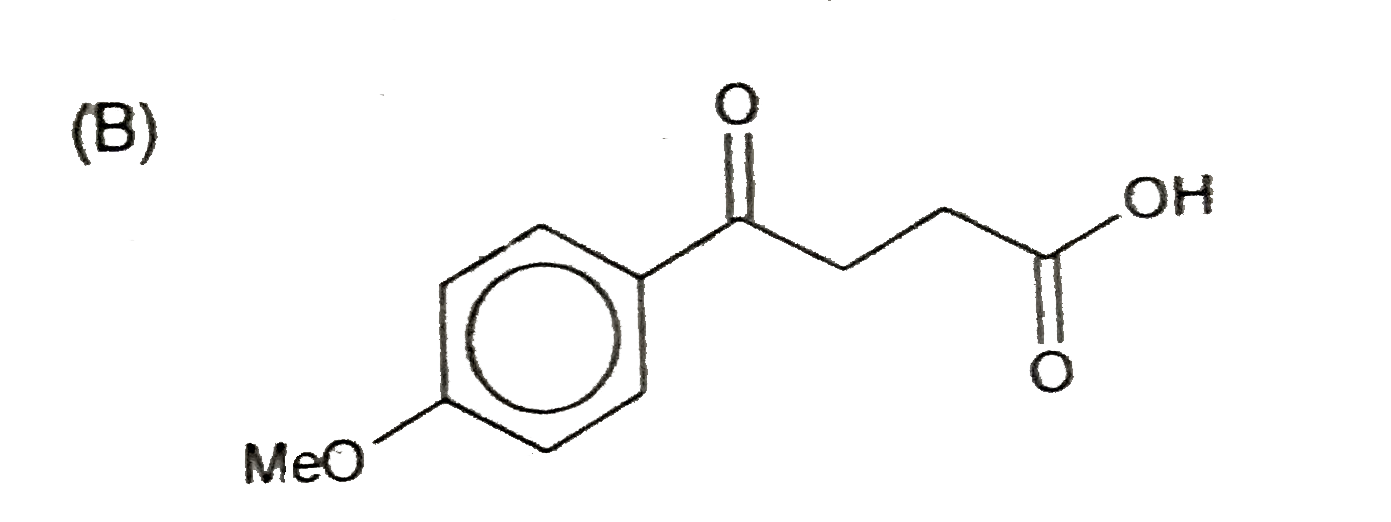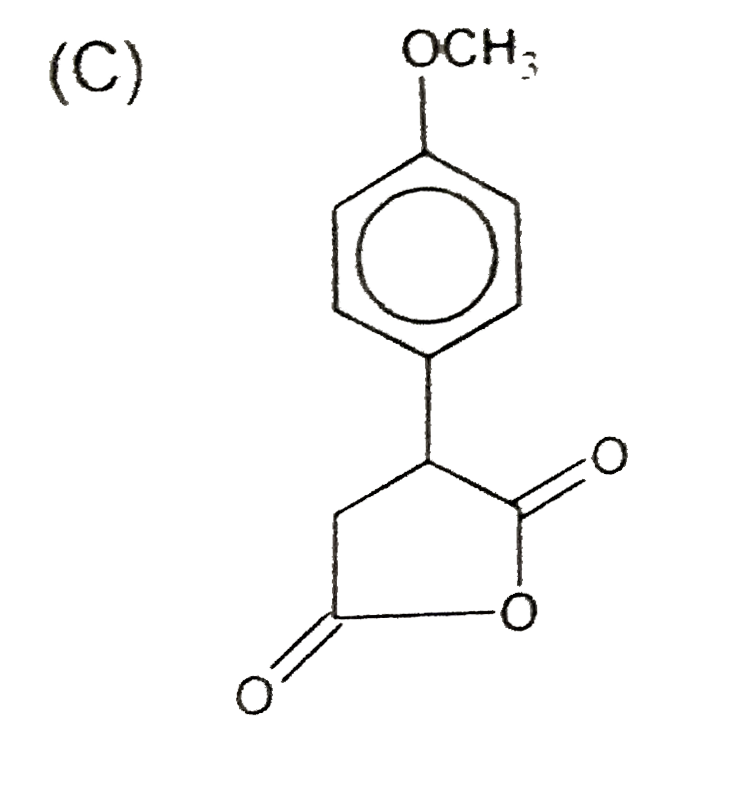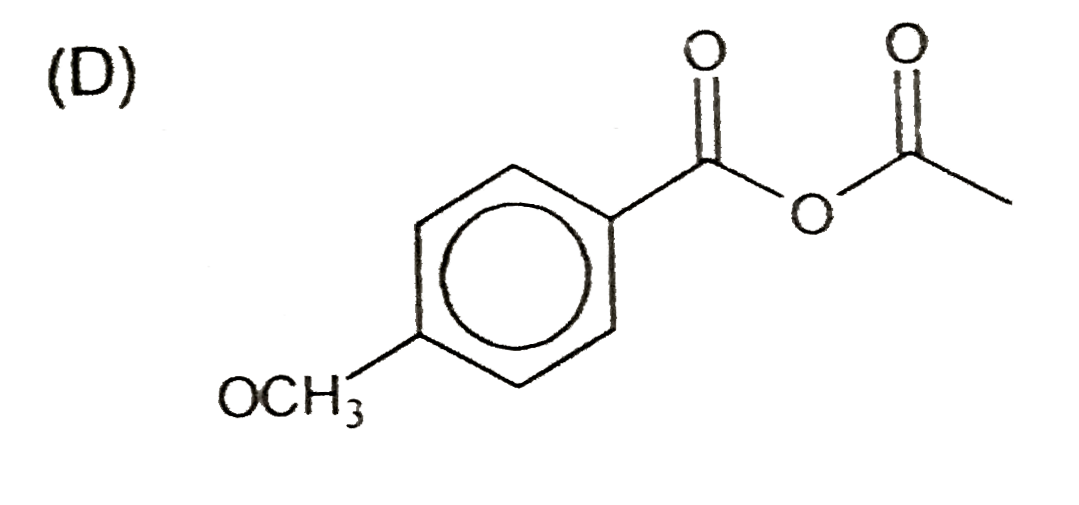A
B
C
D
Text Solution
AI Generated Solution
The correct Answer is:
|
Topper's Solved these Questions
ALKYI HALIDE
MOTION|Exercise Exercise -2 (Level-II) (Matrix Match)|6 VideosView PlaylistALKYI HALIDE
MOTION|Exercise Exercise -3|14 VideosView PlaylistALKYI HALIDE
MOTION|Exercise Exercise - 1 (Physical properties and test of Alkyl halide)|5 VideosView PlaylistALCOHOLS & ETHERS
MOTION|Exercise EXERCISE -4 (LEVEL -II) PREVIOUS YEAR JEE ADVANCED|9 VideosView PlaylistAROMATIC COMPOUND
MOTION|Exercise Exercise - 4 | Level-II|16 VideosView Playlist
Similar Questions
Explore conceptually related problems
Knowledge Check
Similar Questions
Explore conceptually related problems
MOTION-ALKYI HALIDE-Exercise - 2 (Level-I) (Prepration of Alkyl halide)
- From each of the following pairs select the compound that will react f...
05:52
|
Playing Now - Ph-overset(O)overset(||)(C)-CH(3)overset(PCI(5))rarr Product is
02:25
|
Play - In the acid catalyzed dehydration of alcohols to alkenes, the intermed...
02:06
|
Play - Which of the following compound will be most reactive for SN(1) and SN...
Text Solution
|
Play - Best method for preparation of CH(3)-O underset(CH(3))underset(|)overs...
04:42
|
Play - Which alkylbromide will yield-3-methyl-1-hexene as the major product u...
Text Solution
|
Play - CH(3)-CH(2)-underset(Br)underset(|)(CH)-CH(3) overset("alc.KOH")rarr ...
05:30
|
Play



